|
Jacquard Known As |
Brocade, Damask (specific styles within Jacquard) |
|
Manufacturing Process |
Weaving a Jacquard loom with individually controlled warp threads |
|
Appearance |
Intricate, raised patterns with a textured or smooth finish |
|
GSM Range |
120-450 GSM |
|
Composition Range |
Cotton, Silk, Polyester, Wool, Nylon, or blended fibers |
|
Construction Range |
Complex woven patterns with single or multi-colored designs |
|
Thread Density Range |
200T–400T |
|
Count Variations |
10s to 60s, depending on fabric thickness and fiber type |
|
Full Width |
57/58”, 59/60”, or 71/73” |
|
Fabric Breathability |
Moderate to Low (varies based on fiber and weave tightness) |
|
Stretchability |
Minimal to None (unless blended with spandex or elastane) |
|
Country of Origin |
France (First produced in 1804 by Joseph-Marie Jacquard) |
|
Biggest Exporter Country |
China (Exports approximately 60% of the global jacquard fabric production annually) |
|
Recommended Washing Temperatures |
30°- 40°C (cold or lukewarm water, depending on fiber type) |
|
Applications |
Fashion (dresses, jackets, evening wear), Home Décor (curtains, upholstery, tablecloths), Accessories (bags, belts), and Technical Uses (automotive interiors) |
Table Of Contents
Jacquard Fabric
Jacquard is an intricate woven fabric produced by the jacquard loom. The jacquard loom uses punch cards to control the lifting and lowering of yarns to create the desired pattern.
Jacquard is always a symbol of elegance. It is often associated with high-end fashion, upholstery, and décor. The luxurious fabric with complex patterns like florals, stripes, chevrons, and geometric patterns woven directly into the fabric.
But what sets jacquard apart is its origin. It’s named after Joseph-Marie Jacquard. A French inventor who revolutionized weaving in 1804. Thanks to his groundbreaking invention, we can enjoy fabrics that combine complexity with timeless beauty.
History of Jacquard Fabric
Back in 1804, Joseph-Marie Jacquard introduced the jacquard loom. This invention simplified weaving by using punch cards to control individual threads. It was a game-changer for the weaving industry.
Before jacquard looms, creating intricate patterns required manual weaving. It was time-consuming and expensive. Jacquard’s invention made these designs accessible. That leads to its popularity in everything from royal garments to everyday upholstery.
Types of Jacquard Fabric
Jacquard fabrics come in various types. Each with unique characteristics and applications. Here’s an overview of the most common types:
-
Brocade
- Features raised, elaborate patterns often woven with metallic threads.
- Usage: Evening wear, upholstery, and luxury décor.
-
Damask
- Reversible fabric with intricate floral or geometric patterns. The design contrasts with the base fabric.
- Usage: Tablecloths, curtains, and bedding.
-
Matelassé
- Padded texture created without actual padding. It resembles a stitched effect.
- Usage: Bedspreads, cushion covers, and decorative upholstery.
-
Tapestry
- Thick, woven fabric with complex designs and imagery. It is often depicting scenes or stories.
- Usage: Wall hangings, rugs, and furniture covers.
-
Stretch Jacquard
- Blended with spandex for added stretch and flexibility.
- Usage: Fitted garments, leggings, and stretchable upholstery.
-
Silk Jacquard
- Luxurious fabric is woven from silk. It offers a soft texture and vibrant patterns.
- Usage: High-end fashion, bridal wear, and evening gowns.
-
Cotton Jacquard
- Lightweight, breathable, and natural fabric with subtle patterns.
- Usage: Summer wear, casual clothing, and home furnishings.
-
Polyester Jacquard
- Durable and affordable fabric with high color retention and intricate designs.
- Usage: Curtains, bags, and automotive upholstery.
-
Wool Jacquard
- Warm and thick fabric, often with bold patterns and textures.
- Usage: Winter coats, blankets, and heavy drapery.
-
Linen Jacquard
- Lightweight fabric with a crisp texture and natural patterns.
- Usage: Tablecloths, summer apparel, and curtains.
How Jacquard Fabric is Made?
At the heart of the jacquard fabric lies the jacquard loom. This advanced loom weaves designs by controlling each thread individually. It allows for complex patterns that would be impossible to achieve with traditional looms.
Materials Used:
- Cotton
- Silk
- Polyester
- Wool
Each material offers unique characteristics. For example, silk jacquard feels luxurious, while polyester blends add durability and affordability.
Characteristics of Jacquard Fabric
Jacquard fabric is packed with features that make it stand out:
- Durability: The woven patterns are built to last, resisting wear and tear.
- Texture: It offers a raised, three-dimensional effect that adds depth.
- Versatility: Available in a variety of designs, from subtle to bold.
Whether it’s a damask tablecloth or a floral jacquard dress, this fabric exudes sophistication.
Applications of Jacquard Fabric
Fashion and Apparel:
Jacquard is a favorite for dresses, suits, and jackets. Its textured designs elevate any outfit, making it perfect for formal wear.
Home Décor and Upholstery:
From curtains to sofas, jacquard adds elegance to interiors. Its durability makes it ideal for heavy-duty use.
Other Uses:
It’s also used in accessories like bags, belts, and even footwear. The versatility is unmatched!
Advantages and Disadvantages
Advantages:
- Long-lasting due to high-quality weaving.
- Offers a premium look with intricate designs.
- Resistant to fading and shrinkage.
Disadvantages:
- Expensive, especially with natural fibers.
- Requires special care to maintain its beauty.
Care and Maintenance Tips
The jacquard fabric needs proper care to stay in top condition:
- Washing: Hand wash or use a delicate cycle in cold water.
- Drying: Avoid direct sunlight to prevent fading.
- Storage: Store in a cool, dry place, away from moisture.
Following these tips ensures your jacquard items remain beautiful for years.
Conclusion
Jacquard fabric is more than a material—it’s a masterpiece. Its intricate patterns, rich history, and versatile applications make it a staple in fashion and interior design. While it requires a bit of extra care, the beauty and durability are well worth it. Whether you’re dressing up or redecorating your home, jacquard fabric offers a touch of sophistication that never goes out of style.
FAQs
1. What makes jacquard fabric different from printed fabric?
Jacquard patterns are woven directly into the fabric, while printed designs are applied on the surface.
2. Can jacquard fabric be used outdoors?
Yes, but ensure it’s treated for weather resistance if used for outdoor décor.
3. Is jacquard fabric suitable for machine washing?
It depends on the material. Check the care label, but hand washing is often safer.
4. Why is jacquard fabric more expensive?
The complex weaving process and high-quality materials increase its cost.
5. What’s the best use for silk jacquard?
Silk jacquard is ideal for formal clothing like evening gowns and luxury drapes.



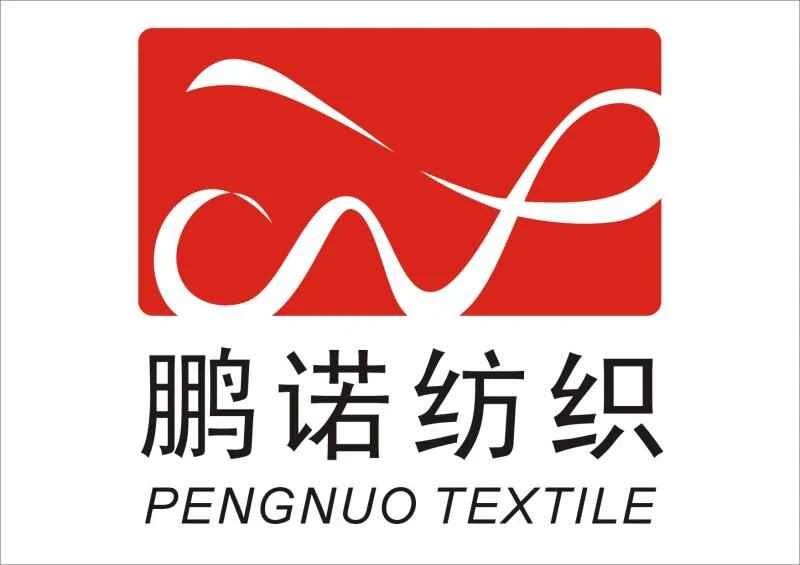

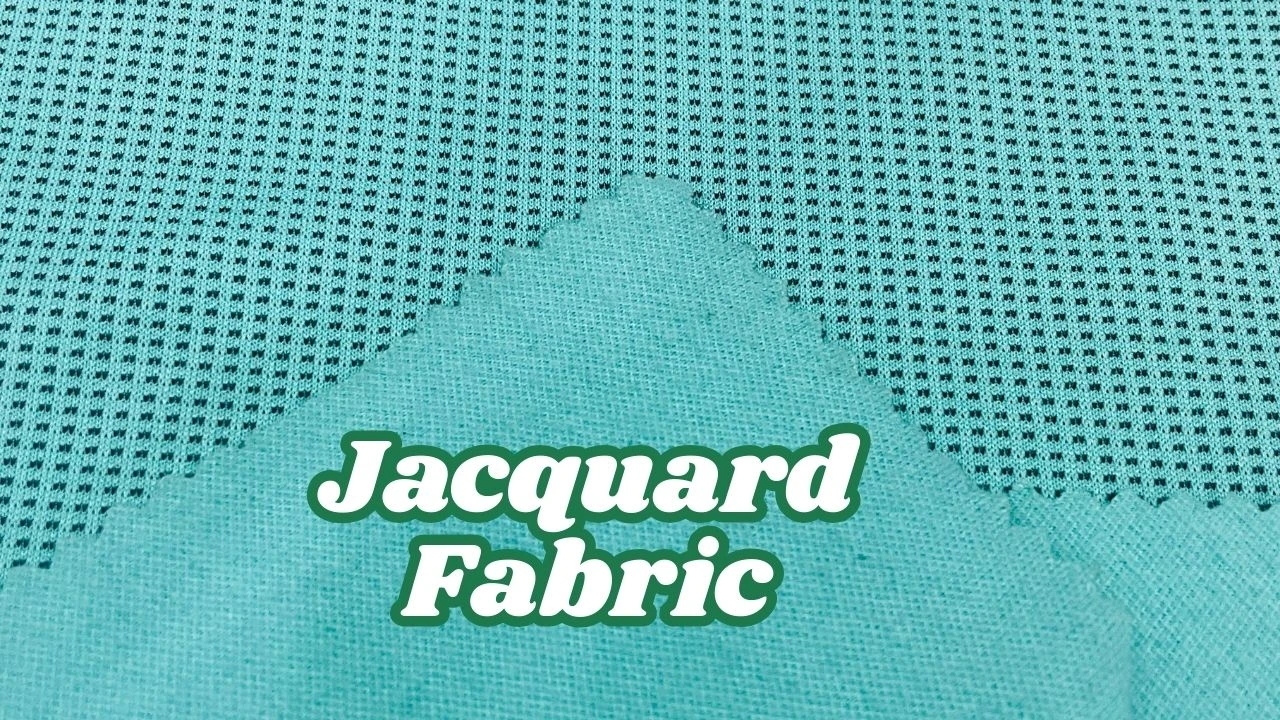
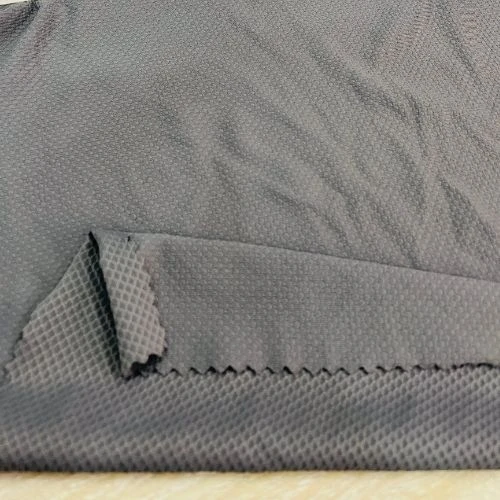
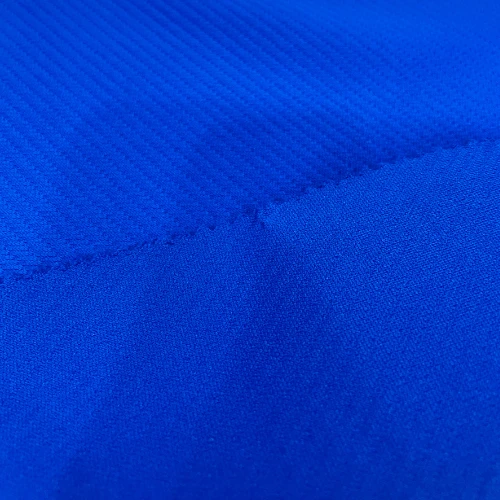
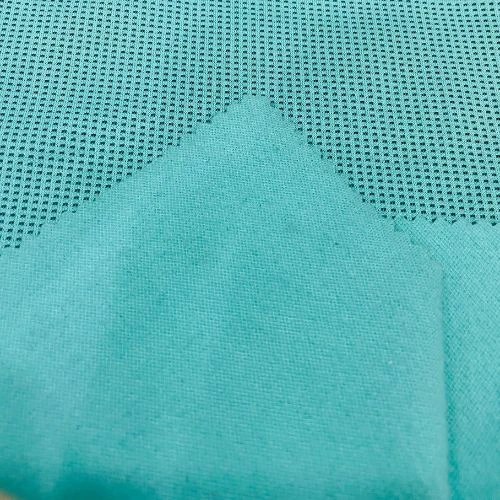
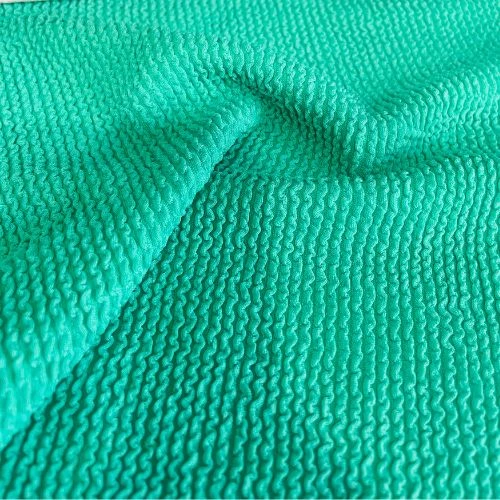
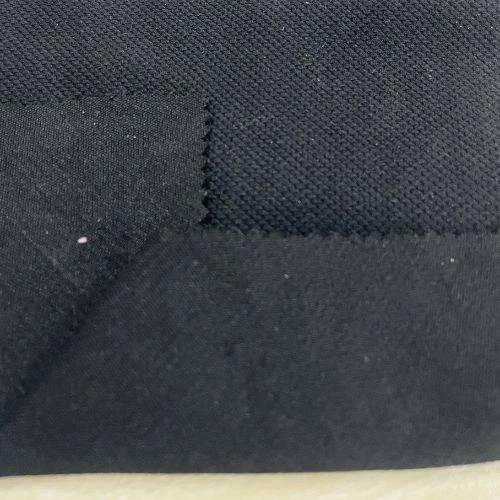
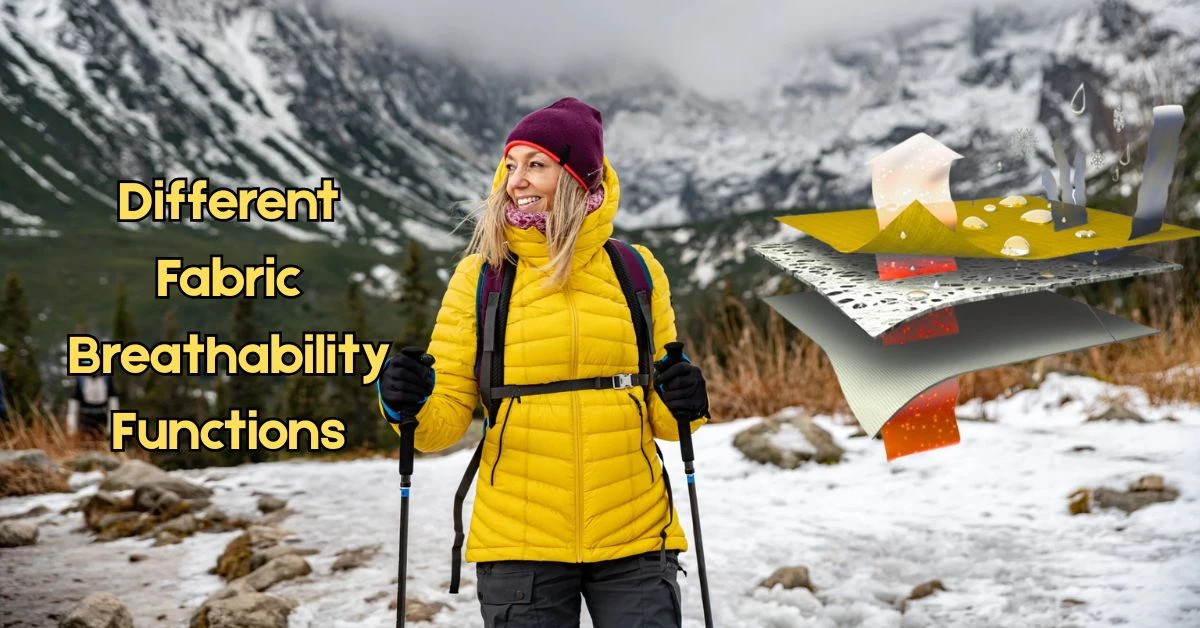
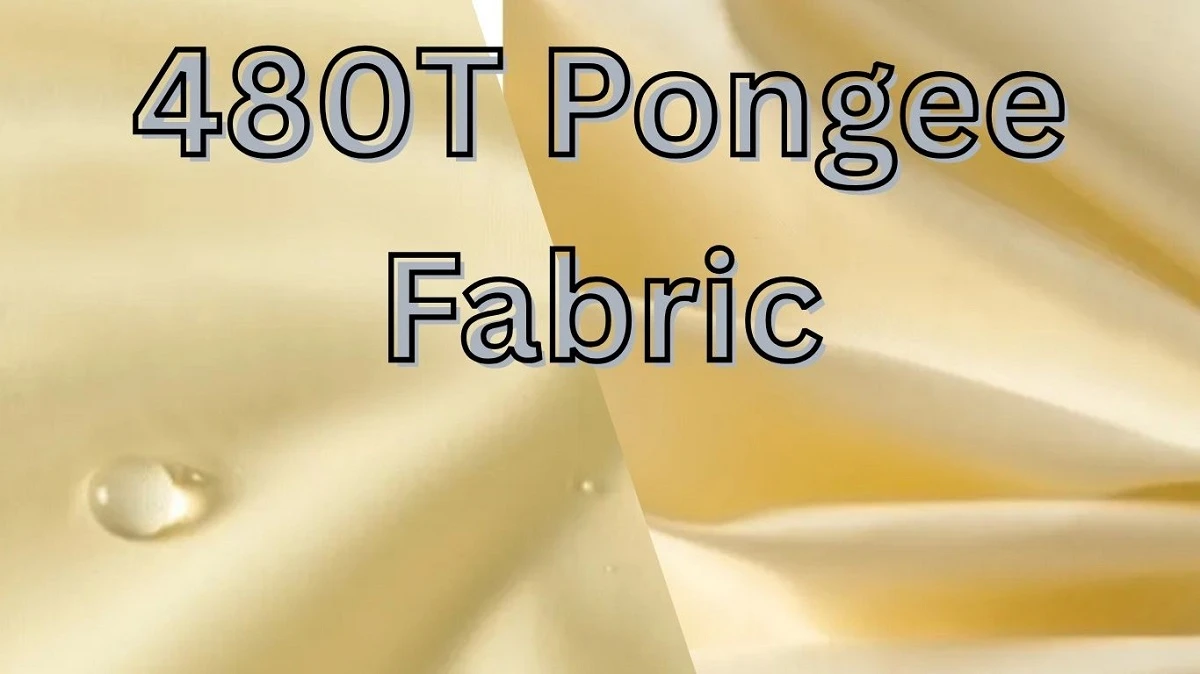
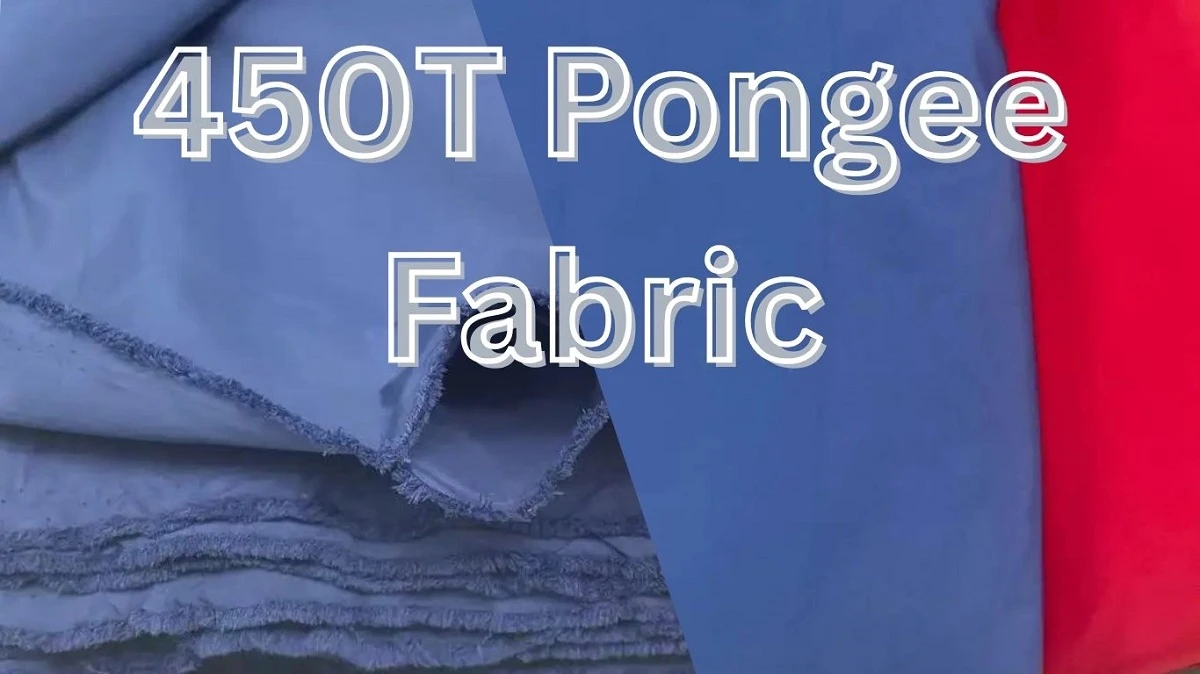
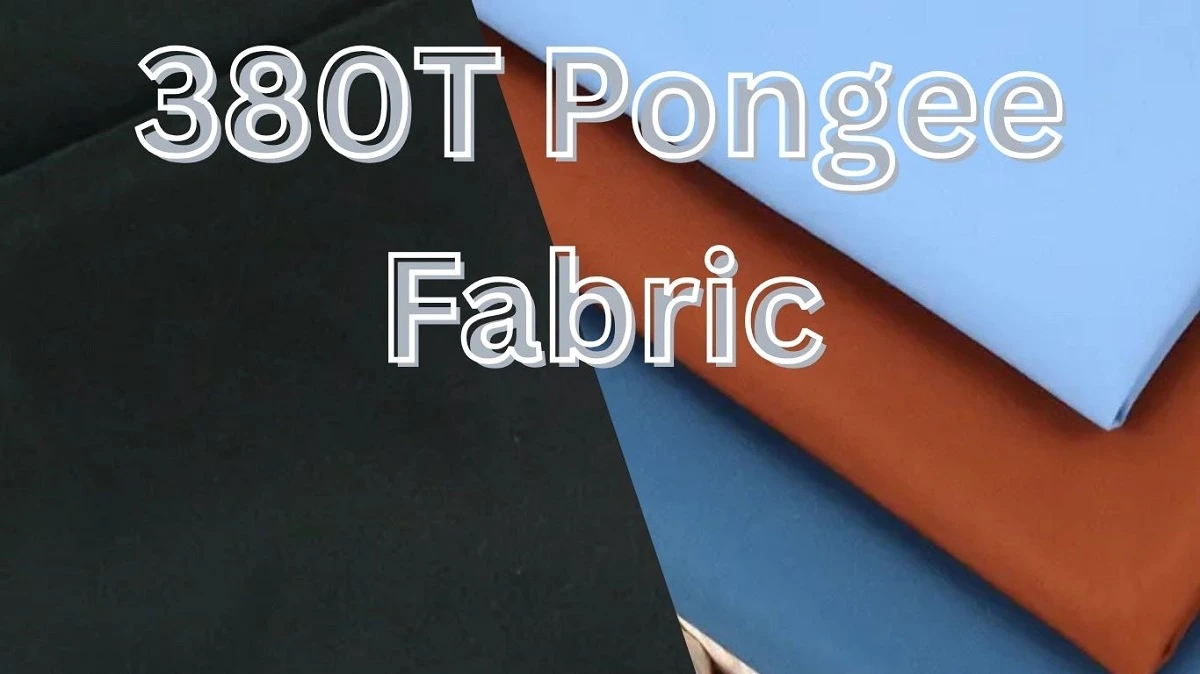
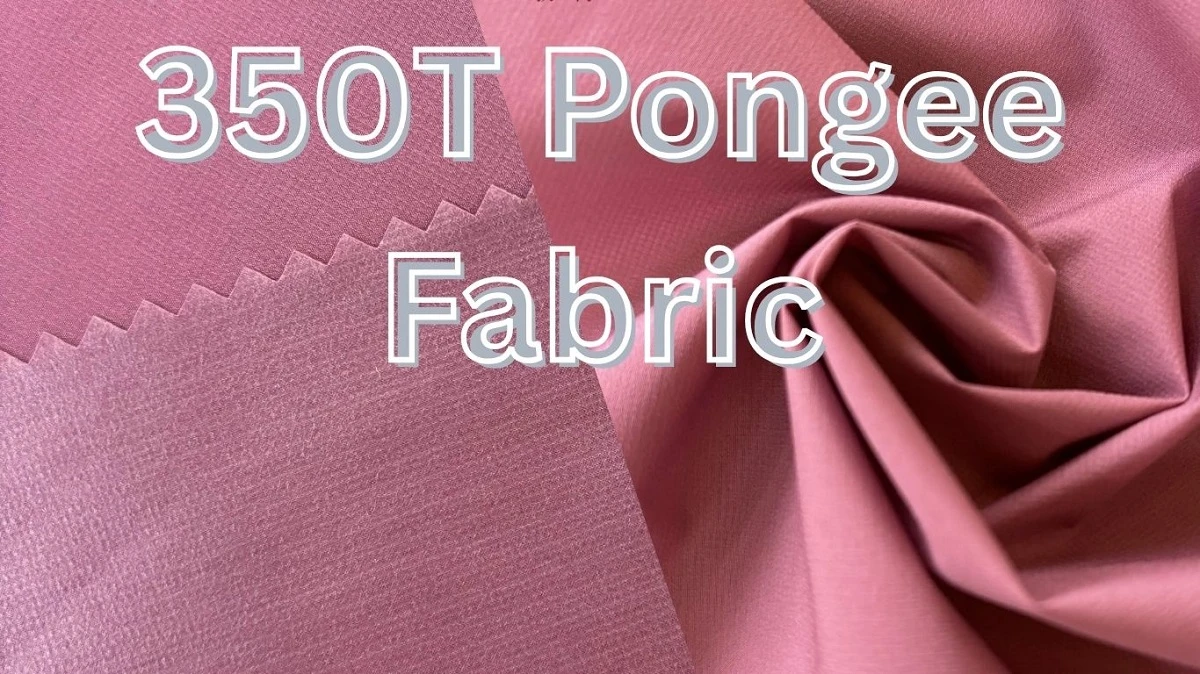
Comments - 00
Leave A Reply
Thanks for choosing to leave a comment.